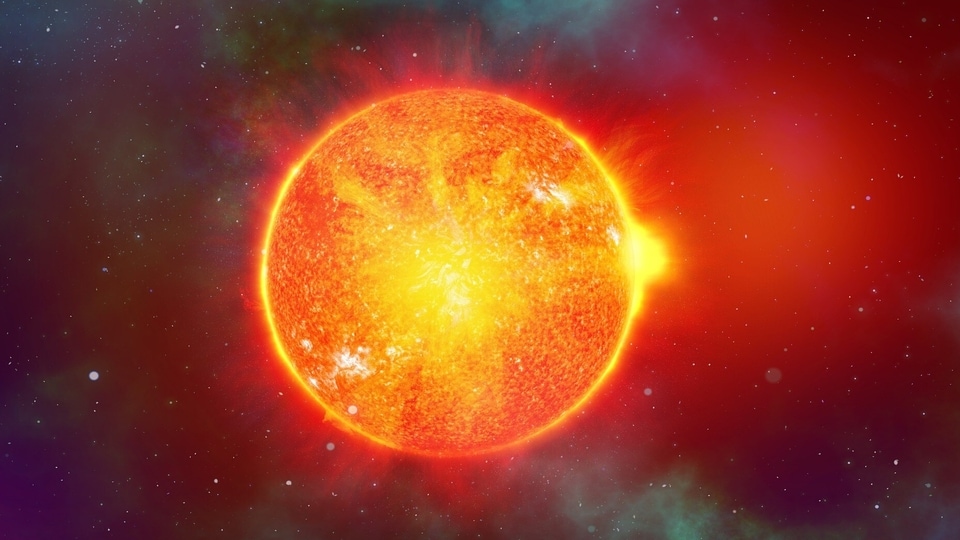Shocking! Sunspot grows 10 times its size! Giant G5 class solar storm coming for Earth?
A new sunspot, AR3085, has been spotted by scientists. Worryingly, this sunspot has grown ten times its size in just two days. Will this spell a disaster for Earth with a G5 class solar storm? Find out.
_1639373804152_1659933055983_1659933055983.jpg)
_1650614444757_1650614518141.png)




 View all Images
View all ImagesIt seems that the Sun is regaining its violent demeanor after a week of low activity. Even as the Sun is moving towards the peak of its solar cycle, the solar activity was surprisingly low the previous week. Even the sunspot which was capable of producing M-class solar flares disappeared without an explosion. But all that is about to change. A new sunspot has appeared on the Sun which has worried the scientists. This sunspot grew ten times its original size in just two days. Worse still, it has now joined up with another sunspot to become a double sunspot group. Each of the cores of these sunspots are as wide as the Earth. The scariest part of this development is that the sunspots are directly facing the Earth and and if they explode they will send a horrifically destructive solar storm hurtling towards the Earth.
First noted by SpaceWeather.com, the website reported that, “Two days ago sunspot AR3085 barely existed. Since then it has grown more than 10-fold, turning itself into a double sunspot group with cores nearly as wide as Earth. Watch this movie. The active region is directly facing Earth and crackling with C-class solar flares”. SpaceWeather has also shared an image of the sunspot that you can check here.
Solar storm scare after massive double sunspot grows tenfold
Just last month, a similar sunspot called AR3068 grew triple its size and caused a massive G3 class solar storm on Earth which resulted in GPS disruption and radio blackouts in multiple regions on Earth. Fast moving solar winds from the flare that went off on the Sun even created a temporary co-rotating interaction region (CIR) in Earth's magnetosphere, opening a crack and letting in more solar radiation than normal and increasing the intensity of the solar storm.
While it is too early to predict whether a similar or even more intense solar storm will strike the Earth, it is possible. Scientists are monitoring this particularly unstable sunspot because of its instability. It may cause power outages and satellite damage if it blasts a G5 solar storm like the Carrington event. It can also damage electronic gadgets and disrupt power grids. Worse still, it can also cause forest fires due to its highly charged radiation.
Catch all the Latest Tech News, Mobile News, Laptop News, Gaming news, Wearables News , How To News, also keep up with us on Whatsapp channel,Twitter, Facebook, Google News, and Instagram. For our latest videos, subscribe to our YouTube channel.































